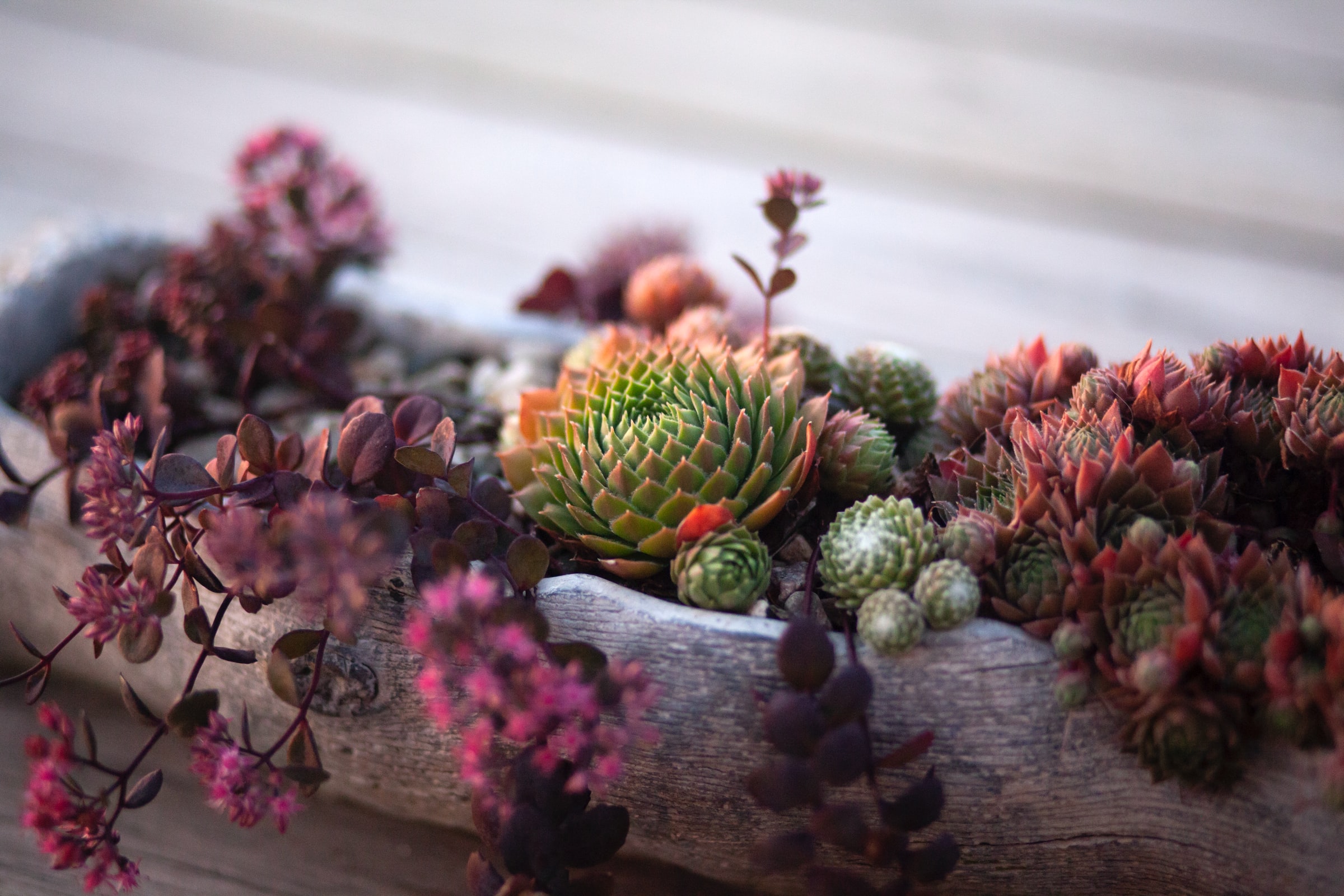Tips For Succulent Care During Winter
Succulents are a beautiful and low-maintenance way to keep your outdoor space looking gorgeous and colorful. No wonder they have become so popular! But it’s important to take extra care of them during the winter months. The cold weather can be harmful to certain types of succulents. They will need to be protected to ensure they look just as beautiful come springtime.
Tip #1: Hardy Succulent or Not?
This is the best way to determine if your succulent will survive the winter in your area before you even plant it in your garden. Most plants sold in stores are labeled with a zone designation that refers to the USDA Plant Hardiness Zone Map. Depending on the zone you live in, the label will tell you whether or not the plant will survive the winter. The zones are divided by their minimum annual temperature with a difference between 5-10 degrees Fahrenheit. If the zone you live in is lower than the recommended zone on the label, there is little chance it will survive the winter in that area.
Tip #2: Bring Them Indoors
Even if your succulent is in the right zone, it is still a good idea to bring it inside during the winter. Extreme temperature drops are rare but all it takes is one cold night to damage your plants. If your garage doesn’t go below 50 degrees Fahrenheit, they can be stored in there. Just be sure they get three to four hours of indirect sunlight per day. Another important consideration is checking for bugs such as mealybugs and aphids. You don’t want them inside your home so use a solution of 1 part water and 3 parts rubbing alcohol to spray the leaves and kill the pests.
It’s often looked over, but prepping your put for indoors is important as well. If you’re succulents have been kickin’ it outside, your pots are probably a little dirty. First, remove dead leaves and debris from the pot so they don’t get all over your house when you move things inside. Secondly, wipe any excess dirt off your pot, the goal is a no mess transfer from inside to outside! Finally, check for bugs. The last thing you need is creepy crawlies taking over your home. After those three steps, you should be well on your way to your succulents thriving indoors.
Tip #3: Reduce Watering in the Late Fall
Succulents go dormant during the winter months so they require even less watering during this time. Therefore stop watering them once the temperature drops and the days become shorter. Reduce it down to once a month but it’s also a good idea to check the moisture level of the soil before watering. Only do it when the soil is completely dry. A good five minutes of watering is enough time. Make sure the soil has good drainage too because damp roots can kill succulents. For indoor plants, adding sand or well-draining organic matter to the soil will help. For outdoor plants, don’t mulch around the base of the plants because this can trap moisture.
A quick tip before you stop watering completely, check what kinds of succulents you have! Most succulents go dormant in the winter, but some are winter growers. Those that don’t go dormant are going to need more water than others. At least keep an eye on things so your newly indoor succulents don’t get too dry. (Any succulents near vents/heaters will dry out more quickly than others.
Tip #4: Sunlight
Sunlight is super important when you’re moving your succulents inside! It’s tough to make sure they get enough sunlight in the winter. Ideally, you’ll keep your succulents near the brightest window in your home for maximum indirect sunlight. For the healthiest succulents possible, you’ll want to try and give them at least 6 hours of sunlight every day. If you’re not giving them enough sunlight they’ll start leaning towards the window. To straighten them out, just turn them the other way!
Tip #5: Cover Up Your Succulents
If you know freezing temperatures are coming and can’t bring the plants indoors, you can cover them up using several kinds of protection. Snow covers can be very useful because they protect against snow, frost and harsh winds. They can be purchased online or at your local garden supply store. If you have bushel baskets laying around, they can be used to cover and protect succulents as well. Just be sure to not to leave them covered longer than necessary. The plants need sunlight and good air circulation.
By following these simple tips, you’ll ensure that your succulents will remain happy and healthy all winter long. Share the information with your friends and neighbors so that they keep their succulents protected too!

